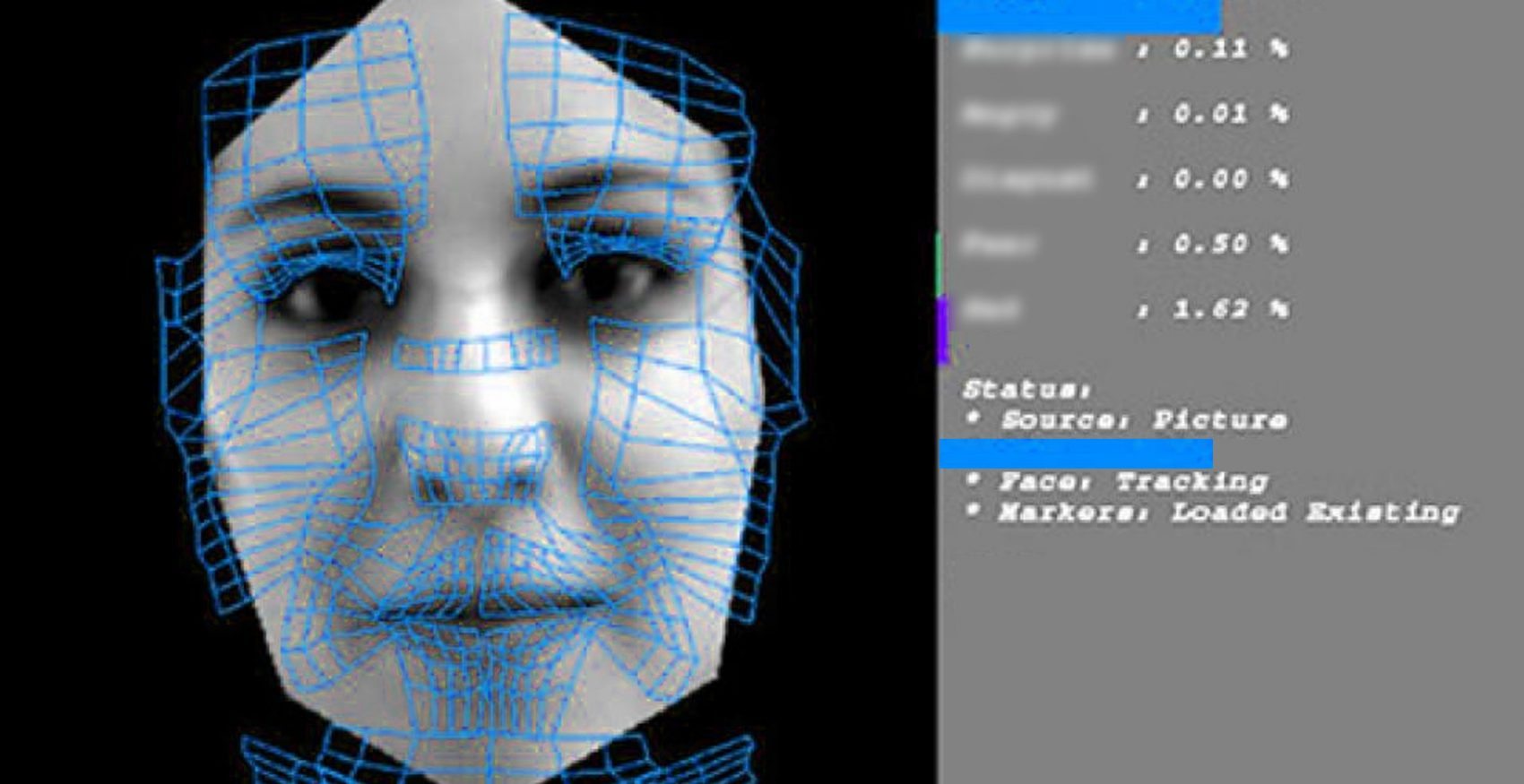Everyone knows Facebook’s software is awesome at finding locations and picking out friends’ faces for tags. Now, the company will use its groundbreaking technology to help find bad guys and rescue victims of sex trafficking.
Recently, New York Attorney General Eric Schneiderman announced Facebook engineers will help his office use “innovative data and analytical methods” to combat online child sex operations. The plan involves the use of algorithms to scour internet ads. Specifically, the algorithms will look for patterns in images, text, phone numbers, and other data that turns up on sites where commercial sex is sold.
“Facebook is pleased to be working with Attorney General Schneiderman on his efforts to combat the scourge of human trafficking. We look forward to helping the Attorney General and his staff bring attention to this important issue,” said Facebook’s director of state public policy.
Facebook declined to further provide details, which has allowed people to speculate that Facebook will allow the government to use their massive database of “faceprints” to identify victims who appear in the sex ads. Faceprints serve as distinct digital identifiers, similar to a fingerprint, that are based on the unique features of a person’s face. Remember how, when you upload a photo to your profile, it asks to tag a specific person in that photo? Facebook currently uses the technology to suggest tags for people when users post a photos.
In the case of sex-trafficking victims, law enforcement agencies could cross-check images of their faces to discover their identities—and possibly pictures of the people who are controlling them.
Related: How Teen Girls Get Tricked And Trafficked Into Doing Porn
In its release describing the initiative, the Attorney General’s office cited examples of pimps and sex trafficking rings who posted pictures of minors on websites like Backpage and Craigslist, describing the practice as “modern day slavery.”
The Attorney General’s office announced the Facebook partnership as part of a two-day summit on human trafficking that took place in Manhattan, New York. Facebook and Schneiderman have collaborated in the past, most recently on a project to send AMBER Alerts to the NewsFeeds of social network users when a child goes missing.
Why This Matters
One of the Fight the New Drug’s main purposes from the beginning is to educate on the harms of porn and the industry’s connection to sexual exploitation.
Porn is inseparably connected to sex trafficking. Many people don’t realize that clicking pornography is directly supporting the demand for sexual exploitation on a global scale. To viewers, pornography can appear as a world of consensually-acted fantasy. However, those who participate in and create pornography often experience exploitation.
Watch this powerful video to see how clicking porn fuels trafficking.
Your Support Matters Now More Than Ever
Most kids today are exposed to porn by the age of 12. By the time they’re teenagers, 75% of boys and 70% of girls have already viewed itRobb, M.B., & Mann, S. (2023). Teens and pornography. San Francisco, CA: Common Sense.Copy —often before they’ve had a single healthy conversation about it.
Even more concerning: over half of boys and nearly 40% of girls believe porn is a realistic depiction of sexMartellozzo, E., Monaghan, A., Adler, J. R., Davidson, J., Leyva, R., & Horvath, M. A. H. (2016). “I wasn’t sure it was normal to watch it”: A quantitative and qualitative examination of the impact of online pornography on the values, attitudes, beliefs and behaviours of children and young people. Middlesex University, NSPCC, & Office of the Children’s Commissioner.Copy . And among teens who have seen porn, more than 79% of teens use it to learn how to have sexRobb, M.B., & Mann, S. (2023). Teens and pornography. San Francisco, CA: Common Sense.Copy . That means millions of young people are getting sex ed from violent, degrading content, which becomes their baseline understanding of intimacy. Out of the most popular porn, 33%-88% of videos contain physical aggression and nonconsensual violence-related themesFritz, N., Malic, V., Paul, B., & Zhou, Y. (2020). A descriptive analysis of the types, targets, and relative frequency of aggression in mainstream pornography. Archives of Sexual Behavior, 49(8), 3041-3053. doi:10.1007/s10508-020-01773-0Copy Bridges et al., 2010, “Aggression and Sexual Behavior in Best-Selling Pornography Videos: A Content Analysis,” Violence Against Women.Copy .
From increasing rates of loneliness, depression, and self-doubt, to distorted views of sex, reduced relationship satisfaction, and riskier sexual behavior among teens, porn is impacting individuals, relationships, and society worldwideFight the New Drug. (2024, May). Get the Facts (Series of web articles). Fight the New Drug.Copy .
This is why Fight the New Drug exists—but we can’t do it without you.
Your donation directly fuels the creation of new educational resources, including our awareness-raising videos, podcasts, research-driven articles, engaging school presentations, and digital tools that reach youth where they are: online and in school. It equips individuals, parents, educators, and youth with trustworthy resources to start the conversation.
Will you join us? We’re grateful for whatever you can give—but a recurring donation makes the biggest difference. Every dollar directly supports our vital work, and every individual we reach decreases sexual exploitation. Let’s fight for real love:

